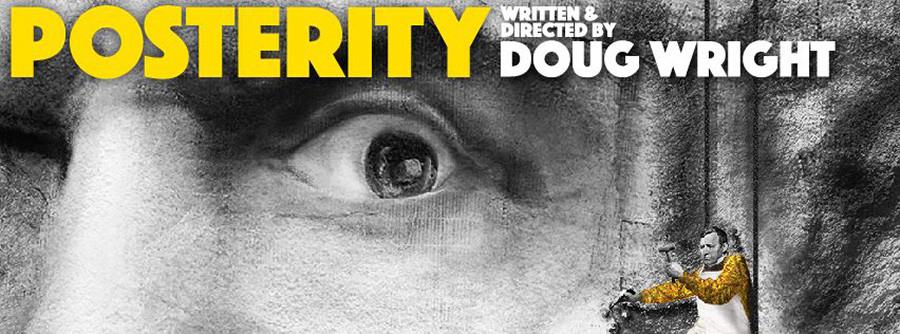‘Posterity’ portrays artistic struggle
Posterity is an off-Broadway show that depicts the clash of two artists who can’t reconcile their own egos.
March 26, 2015
Renowned Norwegian sculptor Gustav Vigeland (Hamish Linklater) comes head to head with the famous Norwegian playwright Henrik Ibsen (John Noble) in Doug Wright’s frequently contentious off-Broadway play, “Posterity” that is filled with unexpected turns.
The show, set in 1901 Oslo, then known as Kristiania, follows Gustav’s struggle to procure the funding he needs for the fountain he aspires to construct. His patron, Sophus Larpent (Henry Stram), urges Gustav to ditch the creative sculptures and instead create a bust of Henrik, which will bring in the money Gustav needs for his project. This task is not as easy at it seems, however, and the meeting of the two artistic masterminds results in an enormous clash of ego.
The play begins in Gustav’s studio, immediately immersing the audience in an elaborate set. The walls are lined with finished and unfinished busts. No detail is spared, from Gustav’s desk to the sculpture he is creating throughout the first act. Dark and booming music is used during scene changes — though sometimes startling, it creates a sense of eeriness among the countless busts on stage.
“Posterity” uses only five characters to tell its historical story, but each character is played so well that the show’s scope feels complete. Vigeland’s housemaid Greta Bergstrom (Dale Soules) and apprentice Anfinn Beck (Mickey Theis) are the only fully fictional characters, yet even they reference the figures in one of Gustav’s well-known sculptures. The pair also provides humor as nude models and often-inept workers.
Wright’s story is the ultimate strength of “Posterity,” which lasts for just over two hours. From the fight between the artists during the struggle to convince Henrik to sit for a bust to the problems that arise when Henrik falls deathly ill, Wright packs the show with unexpected plot twists and tells an exciting new story through sculpture, dreams and the meeting of egos in “Posterity.”
The cast does a laudable job at bringing Wright’s play to life. Linklater and Noble perfectly embody the ego-driven artists that make “Posterity” entertaining, each representing a character who believes he should constantly be the center of attention. Ultimately, Wright’s cast brings to life the compelling personalities who conceive this impressive take on the exchange between two great artists. Stram brings equally strong energy to his character, believably portraying the patron who deals with managing his artists’ frustration and puts excessive effort into pleasing the artists’ patrons. Soules and Theis provide comic relief through the ridiculous situations of their characters, but also create a bond similar to that shared between a mother and son.
The play’s only downfall is its ending. The show ends rather abruptly, leaving the audience wondering how the story concludes. Though fitting with the plot, the sudden ending catches the audience off guard and unprepared for the closure of the show.
“Posterity” plays at the Linda Gross Theater, 336 W. 20th St., through April 5.
A version of this article appeared in the Thursday, March 26 print edition. Email Willa Tellekson-Flash at [email protected]















































































































































